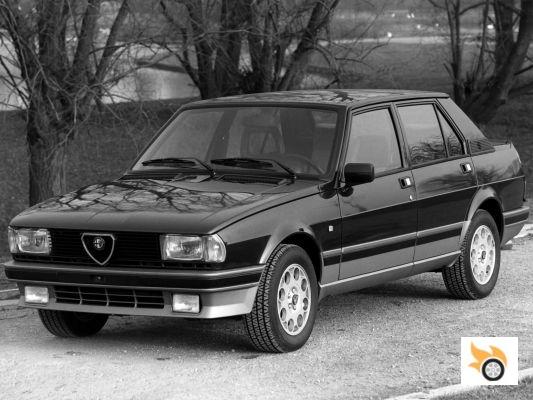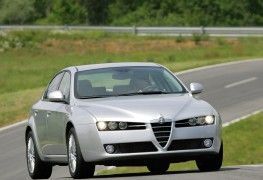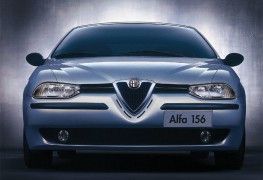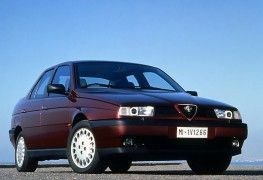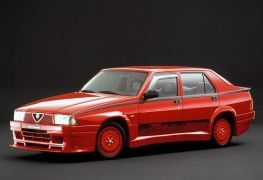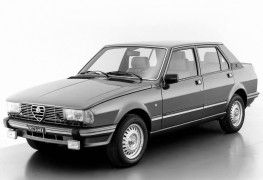Much lower in the product catalogue was the Alfasud, manufactured near Naples, and occupying the C segment. But from the Alfasud to the Alfetta there was too big a gap, and the Giulia had to be discontinued due to its old age.
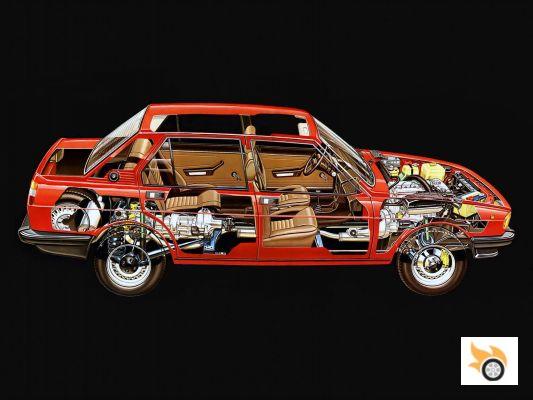
Alfa Romeo's decision, squeezed by the everlasting economic problems, was to create a derivative of the Alfetta, to commercially move this Alfetta towards the E segment, and to take advantage of the new product to position it as a pure D segment, as a direct rival of products such as the BMW 3 Series E21. That way, moreover, the Alfetta could concentrate on challenging BMW's 5 Series, both the E12 and later the E28 generation.
The new D-segment sedan was to be rebadged as the Giulietta, 12 years after that name had been dropped. The project started by taking the chassis of the Alfetta, and reusing it almost as it was. Thus, from the front suspension by double triangles, with longitudinal torsion bars as a spring element, through the Dion rear axle, the transaxle gearbox, to the wheelbase, were kept intact Alfetta, in order to save development costs.
The body that was mounted on these elements had to be shorter and different from that of the Alfetta. It was 1977, and the wedge design, the Wedge Design, hit hard, and Alfa Romeo was not shy in this sense, betting on a car coined with straight lines and few curves.
The cars that wanted to cut the airThe nose was low, the grille very straight and vertical. The beltline rose back slightly, with a rear bonnet higher than the front bonnet, topped with an integrated spoiler. It was the rear overhang that was the big differentiating element with the Alfetta's sheet metal platform, as this was where the reduction in dimensions compared to the bigger brother was concentrated. As a result of this reduction, the Giulietta was 4.21 metres long, while the Alfetta was 4.28 metres long. The difference was subtle, but Alfa hoped it would be enough to distinguish one car from the other.
The reduction in length also meant that the position of the spare wheel and the fuel tank had to be changed, which reduced the boot space.
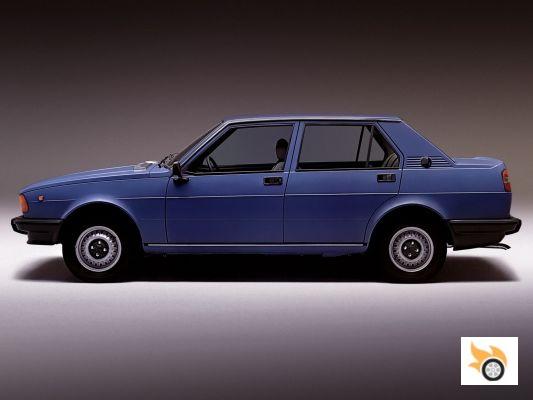
But to defend the Alfetta from the cannibalization of sales between the D-segment car and the repositioned E-segment car, Alfa Romeo decided to limit the mechanical offer of the Giulietta at its launch to two engines, a 1.3-litre engine with 95 hp and a 1.6-litre engine, taken from the Giulia, with 109 hp.
The car would be presented in November 1977, demonstrating the goodness of its excellent mechanical design, but also certain problems inherent to Alfa Romeo's decisions. The gearshift system still presented the same problems of the Alfetta, with imprecision in the selection, and the engines were considered insufficient for a saloon of this type.
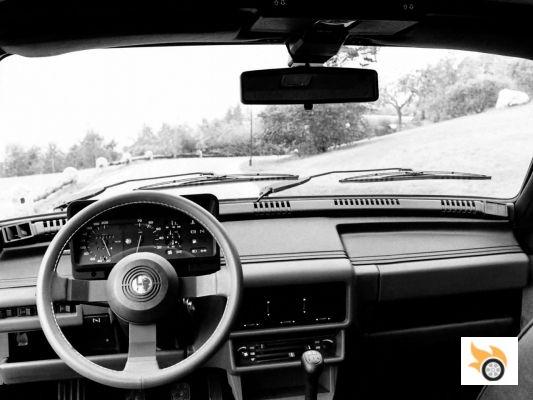
So much so that Alfa Romeo decided to respond to customer complaints by launching 1.8-litre 122 hp versions in 1979 and two-litre 130 hp versions in 1980, which served to remedy some of the car's initial problems.
For 1981 the vehicle would undergo a restyling, opting to integrate two-tone bodywork solutions separated by a chrome strip, something that would become very fashionable at the time and would last until the nineties, practically. It would integrate electric windows, an optional digital display and new versions and finishes such as the T.I. with the two-liter engine, or the Turbodiesel with 82 horses.
In the midst of the oil crisis and a greater eagerness to reduce fuel consumption, Alfa Romeo decided to lengthen the gearbox gear ratios of the Giulietta, which made it possible to reduce fuel consumption and noise, but at the cost of losing performance, which somewhat distorted the response of these models.
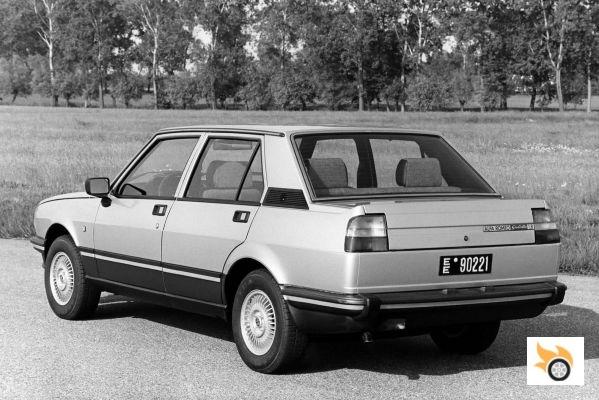
But there was still a thread of hope. The turbocharger supercharging trend was beginning to catch on. Alfa Romeo would be the first Italian manufacturer to join this trend, with the GTV modified by Turbodelta. Given the good results obtained with that project, a similar treatment would be applied to the Giulietta in 1983, with the launch of the 170 horsepower Giulietta Turbodelta.
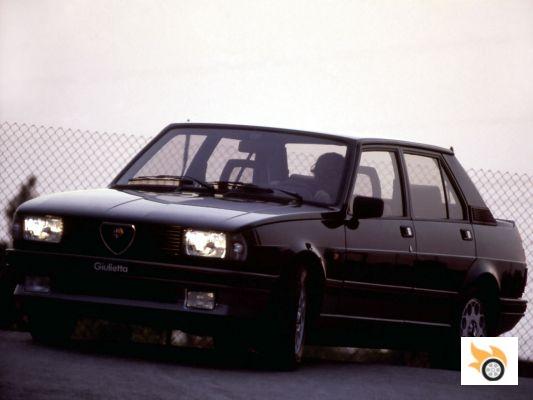
Giulietta Turbodelta
Only 361 units would be created, all of them pre-produced in Arese, sent to Autodelta to install an Avio turbocharger designed by Alfa Romeo itself (which would later give multiple reliability problems), and returned to Arese before being sent to the dealers.
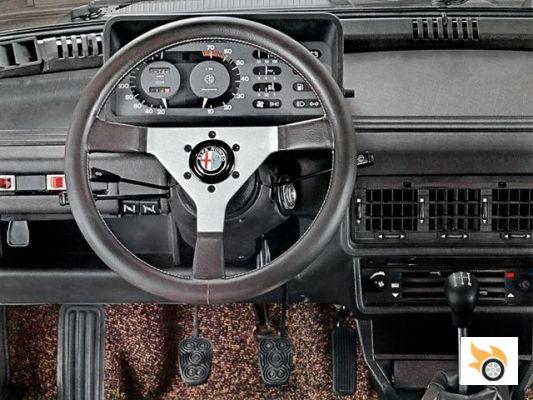
These units were fast and full of character, and would mark in a way the first steps of an apprenticeship that would be consolidated in the turbocharged 75s in the years to come.
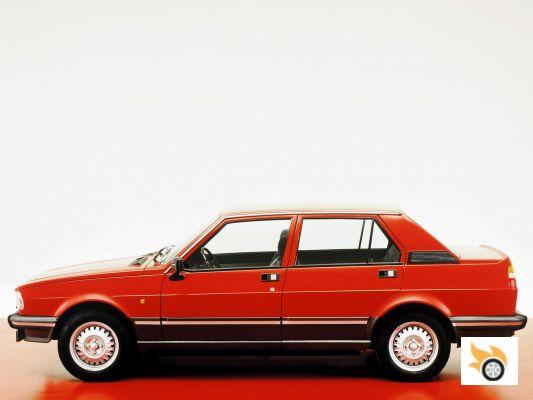
Before the death of the Giulietta in 1985, there would still be time for a final restyling in 1983, shortly after the launch of the Turbodelta, with new bumpers and plastic fenders around the bodywork, new seats and a redesigned dashboard, but no changes to the main mechanical offering beyond the elimination of the 1.3-litre variant.
After about 380,000 units produced, without being a great commercial success, the Giulietta would die to make way for the Alfa Romeo 75, a model that would be in a way the pinnacle of the development of the Alfas transaxle of this generation before the change of ownership of the company to Fiat. But that, as always, is left for a future episode.
